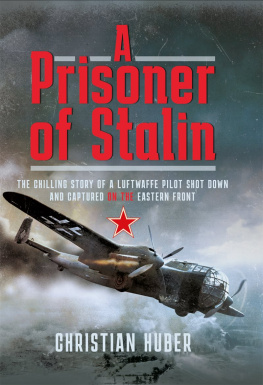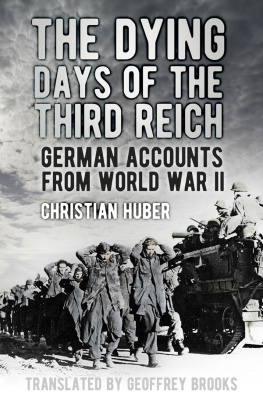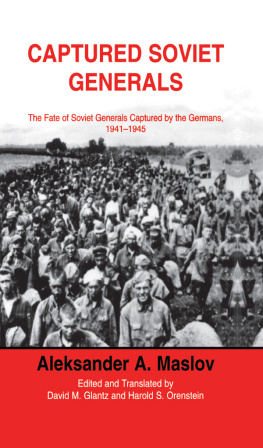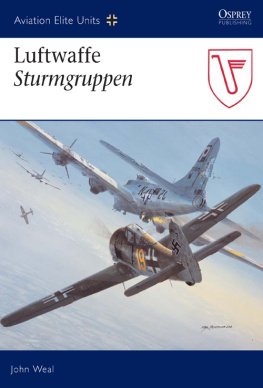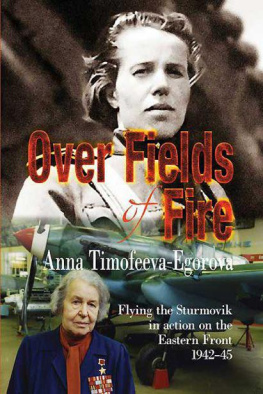Christian Huber - A Prisoner of Stalin: The Chilling Story of a Luftwaffe Pilot Shot Down and Captured on the Eastern Front
Here you can read online Christian Huber - A Prisoner of Stalin: The Chilling Story of a Luftwaffe Pilot Shot Down and Captured on the Eastern Front full text of the book (entire story) in english for free. Download pdf and epub, get meaning, cover and reviews about this ebook. year: 2022, publisher: Pen and Sword, genre: Detective and thriller. Description of the work, (preface) as well as reviews are available. Best literature library LitArk.com created for fans of good reading and offers a wide selection of genres:
Romance novel
Science fiction
Adventure
Detective
Science
History
Home and family
Prose
Art
Politics
Computer
Non-fiction
Religion
Business
Children
Humor
Choose a favorite category and find really read worthwhile books. Enjoy immersion in the world of imagination, feel the emotions of the characters or learn something new for yourself, make an fascinating discovery.
- Book:A Prisoner of Stalin: The Chilling Story of a Luftwaffe Pilot Shot Down and Captured on the Eastern Front
- Author:
- Publisher:Pen and Sword
- Genre:
- Year:2022
- Rating:4 / 5
- Favourites:Add to favourites
- Your mark:
A Prisoner of Stalin: The Chilling Story of a Luftwaffe Pilot Shot Down and Captured on the Eastern Front: summary, description and annotation
We offer to read an annotation, description, summary or preface (depends on what the author of the book "A Prisoner of Stalin: The Chilling Story of a Luftwaffe Pilot Shot Down and Captured on the Eastern Front" wrote himself). If you haven't found the necessary information about the book — write in the comments, we will try to find it.
Facing hazardous weather conditions often landing his aircraft blind in heavy fog and mountainous odds against Soviet air superiority, Ehlert completed twenty-two sorties before his Dornier Do 217M-1, coded K7+FK, was shot down on 14 June 1944. Despite strenuous efforts to escape the Soviets, along with his rear-gunner Feldwebel Wilhelm Burr, he was captured by the Red Army. What followed changed his life forever.
Though interrogated repeatedly, Ehlert revealed nothing about his missions or duties. Then, during his transfer to a prisoner of war camp, he had to face a hostile crowd of Russian civilians who had suffered from the devastating effects of the Luftwaffes bombs. In the long journey eastwards across the bleak Russian steppes to the camp at Yelabuga, a town in the Republic of Tatarstan, Ehlert reflected on his early years and the road he took to the east and the horrifying situation he was in. But it was not the months he endured in the freezing prisoner of war camp which became his most haunting memory it was when the war ended.
The Russians announced that with peace came new rules. Now the prisoners must work and the food ration would be reduced. Their uniforms were removed, and all privileges of rank dismissed. To the Soviets they were no longer prisoners of war, they were mere criminals and were treated accordingly.
Transferred to Bolshoy Bor in the north, day after day the men had to transport logs, even through the snow and ice of winter, with many of the prisoners dying of malnutrition and exposure. The Russians told them they were to rebuild what they destroyed in the Soviet Union.
Ehlerts suffering finally ended in 1949. He was able to return to his parental home, initially being treated as an unwelcome stranger. When he related his story to Christian Huber, Gerhard Ehlert was in his 90s, by then a happy father and grandfather, and undoubtedly a survivor.
Christian Huber: author's other books
Who wrote A Prisoner of Stalin: The Chilling Story of a Luftwaffe Pilot Shot Down and Captured on the Eastern Front? Find out the surname, the name of the author of the book and a list of all author's works by series.

